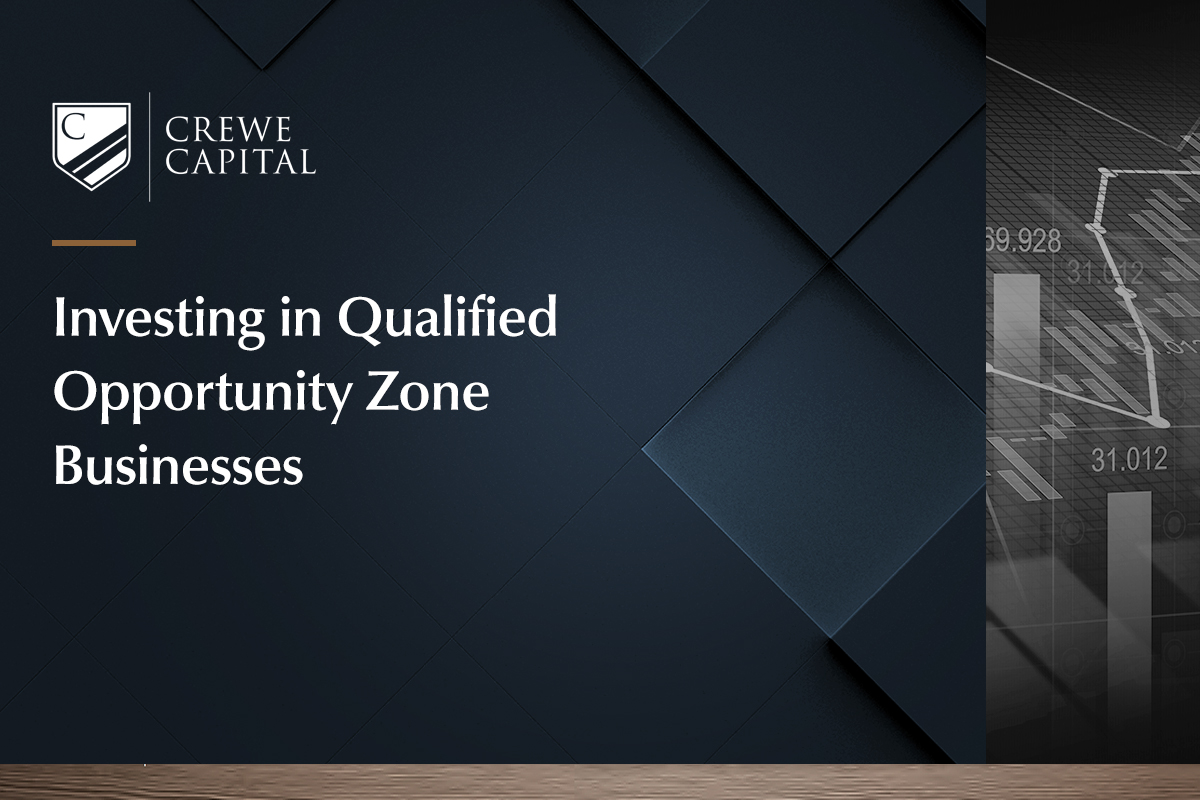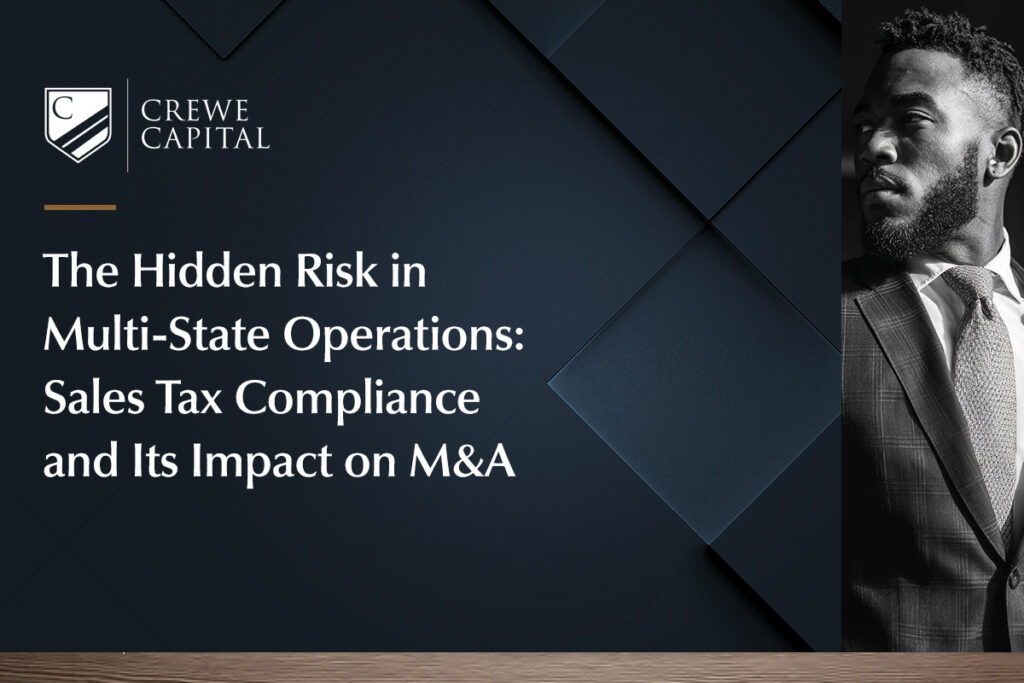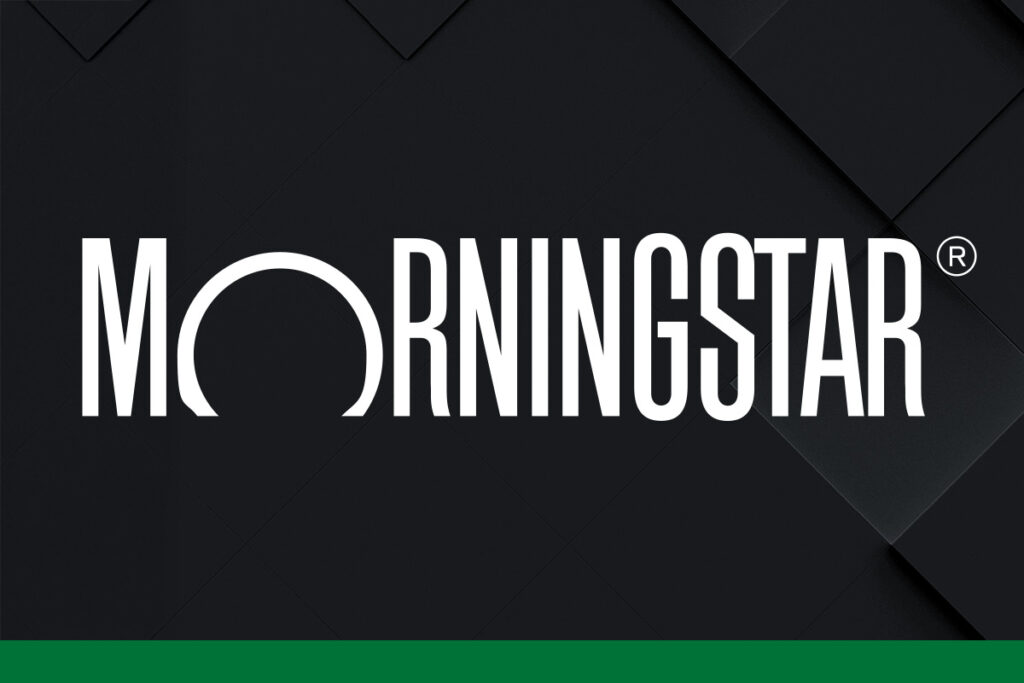Opportunity Zones and Qualified Opportunity Funds
Initially conceived by the Economic Innovation Group (EIG) and formally established by the Tax Cuts and Jobs Act of 2017 (TCJA), Opportunity Zones (OZs) serve as an economic development initiative enabling private investors to channel capital into underserved areas across the United States. This program aims to stimulate economic growth and job creation in low-income communities while offering significant tax incentives to participating investors.
OZs provide a compelling way for private investment to stimulate economic growth in underserved areas, reducing or even eliminating the need for additional public funding. These investments are facilitated through Qualified Opportunity Funds (QOFs), which serve as vehicles for investors to reinvest proceeds from the sale of appreciated assets, allowing them to defer taxes on capital gains until the end of 2026 under the current program.
Qualified Opportunity Zone Businesses
A Qualified Opportunity Zone Business (QOZB) is a business that is located within a designated QOZ, and which meets specific IRS requirements. These requirements are structured to ensure that the business promotes economic development and job creation. Below are the key criteria a business must satisfy to be considered a QOZB:
- The business must operate within an OZ, which is a census tract designated by the U.S. Department of the Treasury.
- At least 50% of the business’s gross revenue must be generated from the active conduct of a trade or business within an OZ. Passive income, such as interest or dividends, does not count.
- A majority of the business’s property, including tangible assets, must be utilized in an OZ. In some states, at least 70% of the business’s tangible property must be located within an OZ.
- The business must be actively engaged in trade or commerce, meaning it cannot be a passive investment like real estate rentals or holding companies that merely hold investments. It must have regular, ongoing operations that contribute to production within the local economy.
- The business must either be a new business or must undergo substantial improvement if already an existing entity. This means the business would (i) be a startup or new entity that is actively engaged in operations or (ii) if an existing entity, invests an amount greater than or equal to its basis in owned tangible property within a 30-month period (e.g., upgrading machinery, equipment, or buildings).
- Specific businesses designated as “sin investments”, such as golf courses, country clubs, massage parlors, spas, suntan facilities, racetracks, gambling establishments, and liquor stores, do not qualify for QOZB investment.
- In many instances, QOZBs are pass-through entities, such as an LLC, partnership, or S- corp. C-corps are less common for QOZBs as they are not generally eligible for the same pass-through tax benefits. Investors would also face double taxation with C-corps, once at the corporate level when profits are made and again at the individual level when profits are distributed as dividends.
- The business must remain in compliance with ongoing IRS reporting requirements, ensuring that it continues to meet the QOZB criteria over time.
Investor Requirements for OZ Investing
- Investors must reinvest capital gains into a QOF within 180 days of the gain reporting date. Only gains recognized for federal income tax purposes before January 1, 2027 (under the current program) are eligible for deferral.
- Investments in QOFs must be in the form of equity interests, as debt does not qualify for tax incentives.
- QOFs must meet specific asset allocation criteria, with at least 90% of fund assets invested in OZ properties or businesses.
- Investors must ensure proper documentation to comply with IRS reporting requirements for OZ investments. Proper documentation includes the following:
- IRS form 8949: Reports the exchange of assets and election to defer cap gains in a QOF.
- IRS form 8997: Tracks a QOF’s investments over time (contributions, allocations, dispositions, compliance).
- Sale Agreements, K-1 Forms, Closing Statements: Supporting documentation that proves invested capital gains meet QOF eligibility requirements.
- QOF Subscription Agreement: Indicates terms and timing of a QOF investment.
- State Specific Documentation: Varies state-to-state, but additional required forms for state-level tax deferrals and exemptions may be required depending on where the QOF investment is located.
Investor Benefits in OZ Investing
- Federal (and most state) taxes on invested gains are deferred until the end of 2026 under the current program. If pending bipartisan legislation to extend the program passes, additional deferral opportunities may be available through 2028.
- If the QOF investment is held for at least 10 years, investors can elect to adjust the basis of the investment to its fair market value on the date of sale or exchange, effectively eliminating tax on any appreciation.
- Investors can defer gains from various asset sales, including stocks, real estate, or businesses, by reinvesting in a QOF without the need for like-kind exchanges.
- Beyond the tax incentives, investing in QOFs fosters economic development in underserved communities, addressing gaps in public funding and attracting private capital to areas that would otherwise be overlooked.
Resources for identifying Current Opportunity Zones
- The U.S. Department of the Treasury and IRS provide an interactive map of currently designated Opportunity Zones, accessible here.
- QOF directories are maintained by organizations such as Novogradac and Fundrise.
- Crowdfunding platforms such as EquityMultiple and CrowdStreet also offer curated opportunities.
- Registered investment advisor (RIA) firms often provide guidance on OZ compliance, investments, and fund structures.
- Industry-specific networking events, like the Opportunity Zone Expo, bring together investors, fund managers, and developers to explore new deals and partnerships.
Summary Considerations
QOZBs provide a strategic opportunity to address economic disparities by channeling private investment into businesses in underserved areas. By fostering job creation, economic development, and community revitalization, they can promote long-term growth while offering attractive tax incentives to investors. Qualified investors interested in QOZB participation are encouraged to work closely with their respective tax advisors, legal counsel, and registered investment advisors to optimize tax benefits and ensure compliance with OZ regulatory requirements.
Sources: IRS, U.S. Department of the Treasury, Novogradac, Fundrise, EquityMultiple, CrowdStreet.





